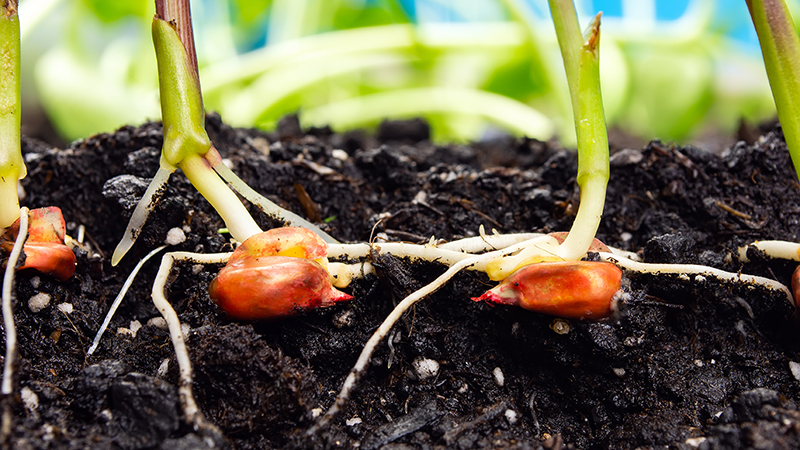Dicamba Update: Illinois Restricts, Arkansas Expands Use
Late last week, Illinois and Arkansas announced new dicamba restrictions for the 2019 crop season. Arkansas has loosened its restrictions, opting for a May 26 cutoff date in place of 2018’s April 16 cutoff, while implementing other rules, detailed below. Illinois, meanwhile, has tightened up use rules, as the state aims to reduce the nation-leading 330 dicamba-related misuse complaints it received last year.
Here are the details:
The Arkansas Agriculture Department’s Plant Board filed with the Secretary of State’s office the new rule regarding in-crop applications of dicamba on crops with the dicamba-tolerant trait. The new rule will take effect on Monday, March 11.
Changes regarding dicamba in-crop use include the following:
- Restrictions on in-crop applications of dicamba from May 26 to October 31.
- A half-mile buffer zone required around all non-dicamba crops when dicamba is applied.
- A one-mile buffer zone for university and USDA research stations, certified organic crops and commercially grown specialty crops between April 16 and May 25.
- Prohibiting the mixing of dicamba with glyphosate between April 16 and May 25.
- Requiring applicators to provide proof of training to pesticide dealers prior to purchasing dicamba in-crop products.
The new rule is applicable to all current (Engenia, Fexapan, and Xtendimax) and future dicamba products registered for in-crop use in Arkansas.
The entire “Arkansas Regulations on Pesticide Use” can be viewed here, and the approved changes regarding dicamba are available here.
The Illinois Department of Agriculture announced it would require a 24(c) Special Local Need label for the three dicamba products labeled for soybean: Engenia, FeXapan and Xtendimax. Each label now spells out additional requirements for application in Illinois, as follows:
- The implementation of a cutoff date of June 30, 2019, for application to dicamba-tolerant soybeans.
- Prohibiting application when the wind is blowing toward adjacent residential areas.
- Required consultation of the FieldWatch sensitive crop registry before application, as well as compliance with all associated record keeping label requirements.
- Maintaining the label-specified downwind buffer between the last treated row and the nearest downfield edge of any Illinois Nature Preserves Commission site.
- Recommendation to apply product when the wind is blowing away from sensitive areas, which include but are not limited to bodies of water and non-residential, uncultivated areas that may harbor sensitive plant species.
In a statement, Jean Payne, President of the Illinois Fertilizer & Chemical Association said IFCA supports the label changes. She added: “It is imperative that the number of misuse complaints are reduced in Illinois, and also vital that all applicators understand the requirements to protect both sensitive crops AND sensitive areas. By being proactive to help assure judicious use of these herbicides, we are also demonstrating that we recognize the concerns of the specialty crop industry, sensitive soybean growers, and the non-ag community; we knew it was vital to address their concerns. The industry consensus for the new labels is illustrated in the press release that accompanied the (Illinois Department of Agriculture’s) announcement; click here to see the release.”
The revised labels are available by clicking on each product name: Engenia, FeXapan, Xtendimax. The Illinois Department of Ag plans to send an official letter to each Illinois pesticide dealer, and to all licensed commercial and private applicators, notifying them of these new label changes.






